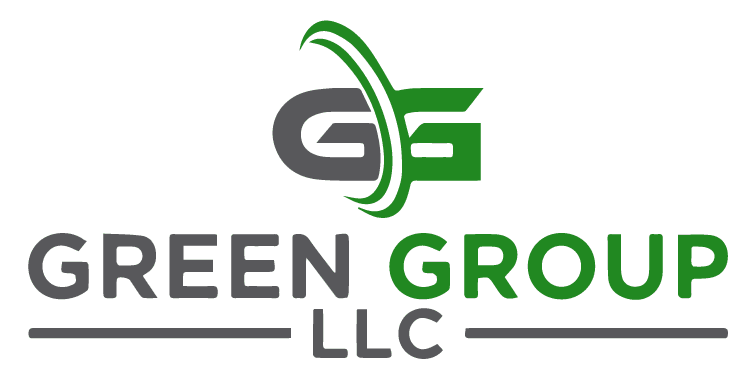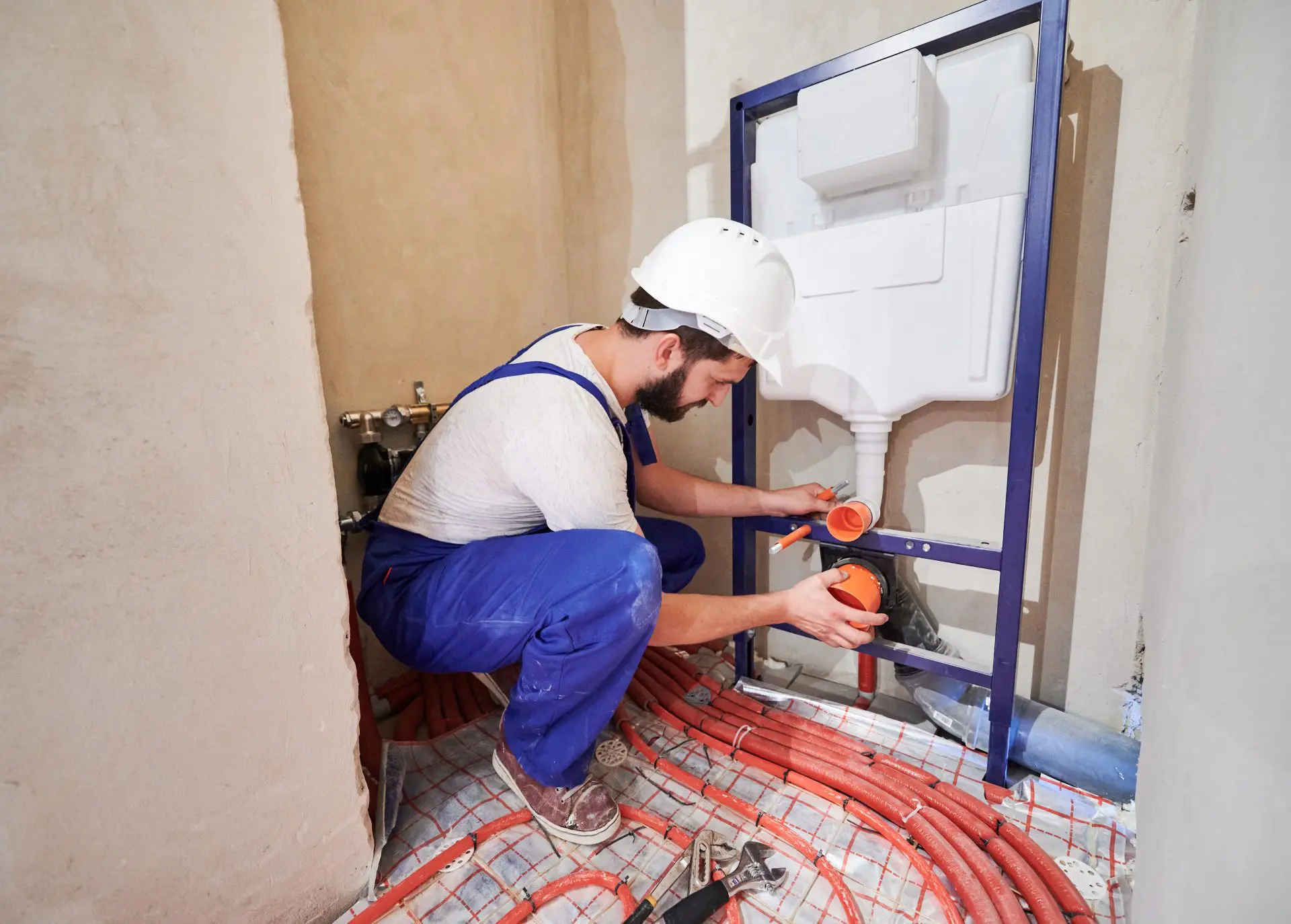There’s nothing quite like the panic that sets in when your toilet starts overflowing. It’s one of those household nightmares that no one wants to deal with, but, unfortunately, it’s a common plumbing issue. When the water begins to rise, knowing exactly what to do can help minimize damage and prevent a bigger mess. At Green Group, we understand how frustrating this can be, so let’s walk you through the steps to handle an overflowing toilet and prevent future issues.
Step 1: Stop the Flow of Water
The first thing you should do when your toilet starts to overflow is stop the flow of water. Most toilets have a shut-off valve located near the base. Simply turn it clockwise to close it off. If you can’t find the shut-off valve or if it’s stuck, you can quickly remove the lid from the toilet tank and manually lift the float to stop water from filling the bowl.
Once the water has stopped rising, you’ll have a moment to breathe and assess the situation.
Step 2: Use a Plunger to Clear the Clog
The most common cause of an overflowing toilet is a clog. Whether it’s toilet paper, foreign objects, or other debris, a clog can cause water to back up into the bowl. A trusty plunger should be your first tool of choice.
Make sure the plunger is submerged in water and press it down firmly over the toilet drain. Apply steady, strong pressure, pushing up and down until you feel the clog break free. It may take a few attempts, but once the clog is cleared, the water should start to drain from the bowl.
If plunging doesn’t solve the issue, you may need to move on to more advanced methods.
Step 3: Try a Toilet Auger (If Necessary)
If your plunger isn’t doing the trick, the clog may be deeper in the pipes. A toilet auger, also known as a drain snake, is an excellent tool to reach those hard-to-clear blockages. The auger’s flexible cable is designed to go deeper into the toilet’s plumbing system, breaking up or pulling out any obstructions causing the overflow.
Insert the auger into the drain and crank the handle to push it through the clog. Once you feel resistance, continue cranking to break up the blockage. Afterward, flush the toilet to check if the water flows freely again.
Step 4: Check for Underlying Issues
While clogs are the most common reason for toilet overflows, they aren’t the only cause. A malfunctioning fill valve, flapper, or even a blocked vent pipe can lead to repeated overflow issues. If your toilet is overflowing frequently, it’s time to investigate further.
Faulty Fill Valve or Flapper: If the tank’s components aren’t working properly, they may be allowing too much water into the bowl. A quick check inside the tank can reveal if the fill valve is stuck or if the flapper isn’t sealing properly. Replacing these parts is an affordable and simple fix that can prevent future overflows.
Blocked Vent Pipe: Your toilet’s vent pipe helps regulate air pressure in your plumbing system. If it becomes clogged with debris like leaves or a bird’s nest, water won’t flow correctly, leading to drainage issues. This type of clog is more challenging to address and may require a professional plumber to clear it out.
Step 5: Prevent Future Toilet Overflows
Prevention is always the best strategy when it comes to avoiding toilet overflows. Here are some tips to keep your plumbing system running smoothly:
– Don’t flush non-flushable items: Baby wipes, feminine products, paper towels, and cotton swabs should never be flushed down the toilet. These items can cause severe clogs that lead to overflows.
– Regularly inspect your toilet’s components: Checking your toilet’s flapper, fill valve, and flush handle every few months can help catch minor issues before they become major problems.
– Consider upgrading to a high-efficiency toilet: If your toilet is older, it may be more prone to clogs and overflows. A high-efficiency model uses less water per flush and is designed to handle waste more effectively, reducing the likelihood of blockages.
When to Call a Professional
If you’ve followed these steps and your toilet is still overflowing, it’s time to call in the professionals. At Green Group, we specialize in diagnosing and repairing toilet issues quickly and effectively. Our team will assess whether you’re dealing with a stubborn clog, a plumbing system malfunction, or a more serious underlying problem.
Don’t wait until a small overflow turns into a bigger issue. From fixing clogged toilets to handling more extensive plumbing repairs, we’ve got you covered in Nashville, Franklin, Murfreesboro, and the surrounding areas.
Need Help with a Toilet Overflow? Contact Green Group
Don’t let a toilet overflow ruin your day! If you’re facing frequent toilet issues or just need professional assistance to get your plumbing back in shape, contact Green Group today. Our experienced plumbers can solve any issue—whether it’s a clog, leak, or malfunction. Visit our website to schedule your service or call us for a consultation.
With Green Group, you’ll always have peace of mind knowing your home’s plumbing is in expert hands.

